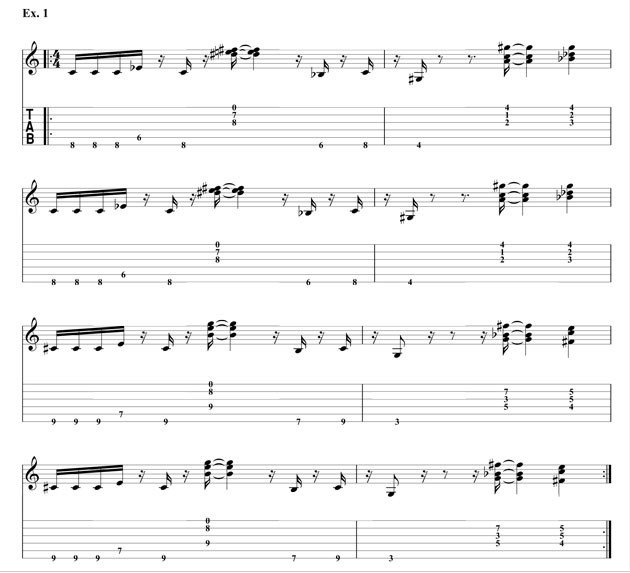Dig deeper to pick a winner
Post on: 30 Апрель, 2015 No Comment

Through the past year and a half, the equity market has been on a roll. It has boosted the returns of equity funds, with quite a few schemes gaining about 100 per cent. Fund houses have availed of the situation and started hawking their products aggressively. For investors, it is easy to be fooled by short-term returns and get into wrong schemes. In such a market environment, they need to dig deeper to pick winners.
Beyond point-to-point returns
Point-to-point trailing returns for one, three and five years might be a good starting point but these might not give the right picture, as the fund could have made sudden gains and made good the periods of underperformance. Checking the returns of a fund through systematic investment plans (SIPs) is a better option. SIP returns are a better way of judging consistency. You will know how the fund has performed at various points of the NAV (net asset value), as one is buying into the fund every month, says Vidya Bala, head (mutual fund research), Fundsindia.com. SIP returns can be calculated by the internal rate of return. To calculate this, one could either use an Excel spreadsheet or readymade online calculators.
Investors could also look at calendar year returns and how the fund has fared vis a vis its benchmark, category and peers. Look at the returns for the past 10 calendar years. Invest only if the fund has outperformed the benchmark in at least six years, says certified financial planner Suresh Sadagopan.
Market cycles
It is easy to outperform during good times, but can the fund cut losses when the going gets tough? In 2008, the benchmark BSE Sensex fell 52 per cent. Did your fund lose more or less? How did it perform compared to its peers?
Most top-quartile funds would have done better than their benchmarks in 2008 and 2011, when the market fell substantially, says Dhaval Kapadia, director (investment advisory), Morningstar India.
To gauge a funds performance in rough periods, investors can look at the downside capture ratio. This ratio is calculated by dividing the funds monthly return during periods of negative benchmark performance by the benchmark return. The period taken could be one, three, five, 10, and 15 years. A downside capture ratio of less than 100 indicates a fund has lost less than its benchmark in periods when the benchmark has been in the red.
Similarly, upside capture ratios can be used to gauge how a fund has fared during periods when the market has gained. These ratios are available on the website of Morningstarindia.in.
Fund manager
No matter what processes a fund house puts in place, a fund managers role is crucial. Often, when a good fund manager leaves, the fund starts doing badly; the reverse is also true. Investors need to know the experience and background of a fund manager. They can read about fund managers on websites such as those of Value Research and Morningstar India. Find out whether the fund manager has a research background. For instance, the sales executive of a large bank, one with no experience in fund management, was recently assigned to its subsidiary mutual fund as a fund manager, said an official.
Feroze Azeez, executive director (investment products), Anand Rathi, says investors need not know all fund managers: Its good enough to look at a CIO (chief investment officer)s pedigree, as she/he plays a large role in influencing decision-making. Often, when a scheme is underperforming, the CIO steps in and takes corrective measures.
The stability of a fund management team is also important. If a fund manager has changed jobs every two-three years, consider it a red flag.
The risk factor
A fund that has given high returns but hasnt been able to manage volatility might not be a good bet. For instance, a diversified equity fund might be taking excessive risks if it is too aggressive on mid- and small-caps. Mid-caps are doing well but a portfolio populated with mid-caps could backfire when the market turns. Similarly, funds with high beta and momentum stocks or sectors that are the flavour of the season should be avoided, says Sadagopan.

Anything more than 25 per cent in mid- and small-caps means the fund is taking more risk, says Bala.
To assess risks, investors could look at statistical ratios such as alpha, beta and Sharpe ratios. These are easily available on websites tracking mutual funds. Alpha takes the volatility of a fund portfolio and compares its risk-adjusted performance to a benchmark index. The excess return of the investment relative to the return of the benchmark index is its alpha. Beta is the measure of volatility: A beta of less than one indicates less volatility, while one greater than that indicates more volatility. If a funds beta is 1.3, theoretically, it is 30 per cent more volatile than the market. The Sharpe ratio tells investors whether a fund has taken higher risks than its peers to achieve higher returns. The greater an investments Sharpe ratio, the better its risk-adjusted performance.
To better manage market volatility, a fund should have a reasonable asset size. A small fund is handicapped during a market crash. It might end up selling some of its top picks to meet redemption pressure. Large funds, on the other hand, can stay invested even during tough times, says Bala. Kapadia says one should look for funds managing at least Rs 200 crore. Small funds can do well during certain periods if they get a few of their bets or stock picks right. But that doesnt necessarily mean they are good performers, he says.
True to label
Ensure your fund sticks to its mandate across market cycles. If your large-cap fund is investing in mid-caps, it is exposing investors to greater risk. Conversely, a mid-cap fund is buying large- or mega-caps, it might be compromising on returns, says Supreet Bhan, executive director and head of retail sales, JPMorgan Asset Management.
Your risk-reward equation could go haywire if the fund is not true to label. You might end up getting a large-cap or mid-cap skew in your portfolio and your asset allocation might go for a toss, says Kapadia.
Also, look at the cash calls taken by a fund manager. Aggressive cash calls could minimise losses when the market falls, but also lead to underperformance if they rise. For an equity fund, cash holdings of more than 10 per cent should be looked at unfavourably.
When the market is on the rise, it is easy to forget how expensive your scheme is. Higher expenses could eat away at returns trough the long term because of a compounding effect. Expenses could especially hit you when the market starts underperforming. If the average expenses of a category is two per cent and your fund is charging you 2.1 or 2.2 per cent, it might be okay. But if the fund is charging 2.7 per cent, it might be better to avoid it, says Kapadia.














